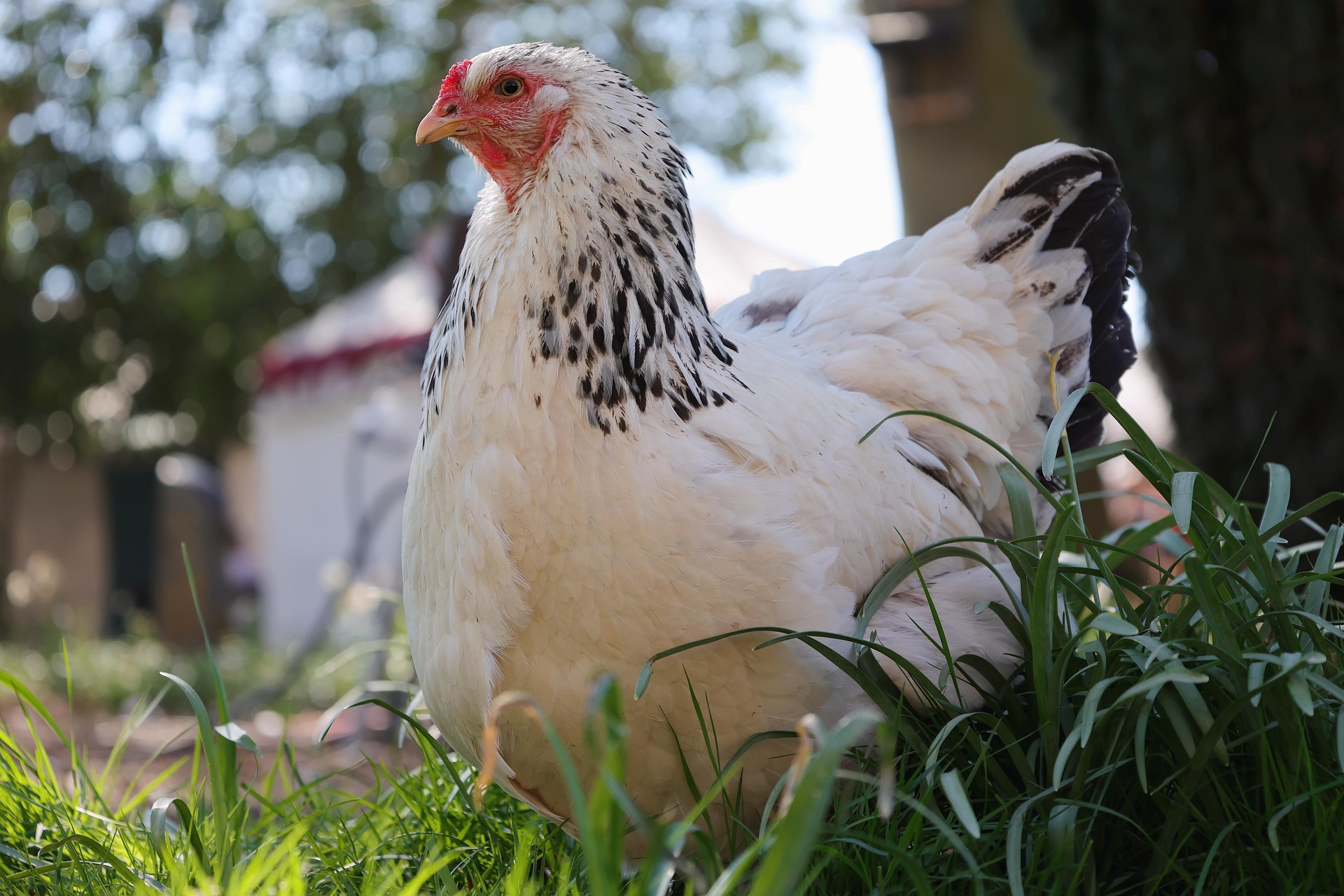The Intriguing World of Animal Behavior: Insights into Canine Scent Detection
In the first breath of sunlight, a dog bounds across the field, nose to the ground, tracking an unseen line. This simple act showcases an incredible feat of biology and behavior: canine scent detection. From search and rescue missions to detecting diseases, dogs have a powerful sense of smell that humans have leveraged for centuries. Our understanding of this fascinating aspect of animal behavior continues to evolve, shedding light on the complexities of our four-legged friends.

The History and Evolution of Canine Scent Detection
Canine scent detection dates back to ancient times, where dogs were used in hunting due to their keen sense of smell. Over the years, this natural ability has been harnessed and refined, with dogs trained to detect everything from drugs and explosives to missing persons. More recently, research has explored the potential for dogs to detect diseases, including cancer and COVID-19, marking a significant development in our understanding and utilization of canine scent detection.
The Science Behind the Canine Nose
The canine olfactory system is a complex and highly evolved biological wonder. Dogs possess up to 300 million olfactory receptors in their noses, compared to about six million in humans. Furthermore, the part of a dog’s brain that is devoted to analyzing smells is proportionally 40 times greater than ours. This allows dogs to detect scents and pheromones that are imperceptible to humans, making them incredibly efficient scent detectors.
Canine Scent Detection in Modern Times
In today’s world, canine scent detection plays a vital role in many areas. Police and military forces across the globe use detection dogs to sniff out drugs, explosives, and track missing persons. In conservation, dogs are trained to detect invasive species or locate endangered animals. In medicine, ongoing research is exploring dogs’ ability to detect diseases such as cancer and diabetes by smelling changes in a person’s body or breath.
The Impact and Potential of Canine Scent Detection
The potential applications of canine scent detection are vast and far-reaching. From a practical perspective, detection dogs can offer cost-effective and non-invasive methods for disease screening, aiding conservation efforts, and assisting in law enforcement. On a deeper level, our growing understanding of this remarkable animal behavior enriches our relationship with dogs and deepens our appreciation of their extraordinary abilities.
The Future of Canine Scent Detection
As research progresses, the possibilities for canine scent detection continue to expand, promising exciting developments in the future. As we understand more about the incredible capabilities of dogs, we not only improve our practical use of these skills but also enhance our bond with these remarkable animals. The world of canine scent detection is a testament to the fascinating intricacies of animal behavior, and a field ripe with potential for future exploration.






